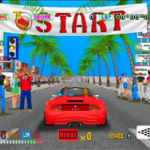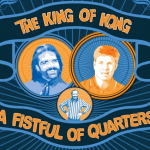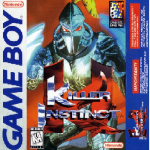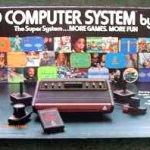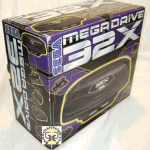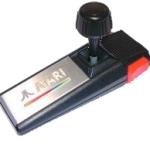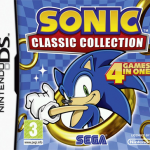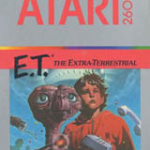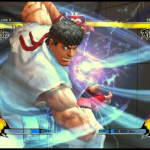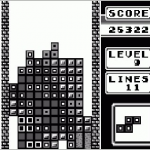The Fairchild Channel F is a cartridge console which was released for $169.95 in North America in 1976. It is remembered for being the first console to have ROM cartridges; all other consoles at the time used cartridges with dedicated circuitry.
It was originally released as the Fairchild Video Entertainment System (Fairchild VES), however it was later renamed the Fairchild Channel F due to the success of the Atari Video Computer System (Atari VES), which was released a year later.
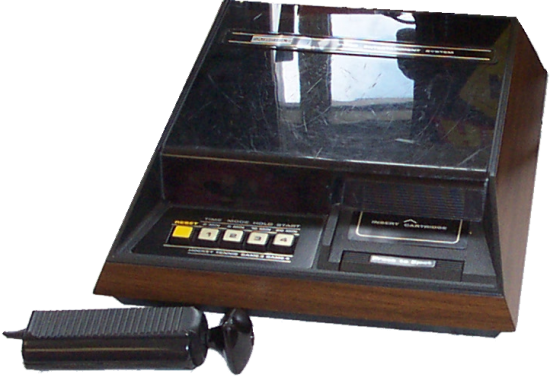
Photo copyright by Martin Goldberg from Electronic Entertainment Museum (E2M)
In total, 26 cartridges were released for the system (known as videocarts), retailing for around $19.95 each. Some of the cartridges had 2, 3 or even 4 games on it. The console itself had 2 games built in;Hockey and Tennis. The Videocarts were all numbered eg. Videocart-1, Videocart-2, Videocart-3 etc. Fairchild were apparently one of the first companies to market their games in this way, doing so encouraged many users to complete their games catalogue.
The systems controllers were quite unique. They had a large grip handle and a triangular shaped knob at the top which could be pushed down or pulled up. The controllers were hard wired to the console itself though there was a handy compartment within the console in which to store them.
Check out this commercial for the system back in the 70s ?
Specifications
Fairchild developed their own 8-bit CPU for the console, which was known as the Fairchild F8 (or by it’s model name the F3850 microprocessor). The chip was clocked at 1.79 MHz for the Channel F console.
The console had 64kb of RAM and 2kb of VRAM. It could display a resolution of 128×64 pixels and could display 8 colours. Limitations meant that you could only display black or white on a line or alternatively, a maximum of 4 colours.
There was a speaker inside of the console to play basic sounds, rather than through the television set.
Variations
In order to compete with the Atari VCS, Fairchild redesigned the console and improved on some features. The controllers were detachable and no longer hard wired to the system itself, though the storage compartment remained. The internal speaker was removed and sound was sent via the RF cable so that audio could be heard through the television set.
The new console, called the Channel F System II, also had a new modern looking case.
In 1979, Fairchild left the video games market and the rights to the Channel F System II was bought by Zircon International. In total 6 games were developed after the launch of the new system.
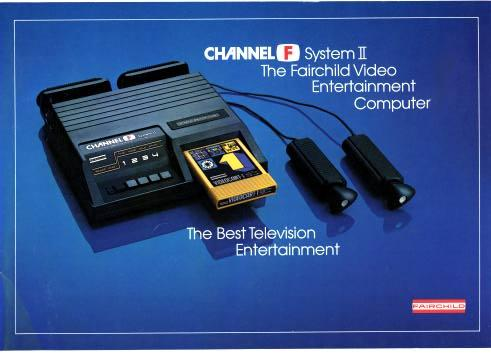
The console was released as the Luxor Video Entertainment System in Sweden and GrandStand Video Entertainment Computer in the UK. It was also released as the Saba Videoplay, Nordmende Teleplay and ITT Tele-Match Processor in and around Germany.
In Europe, the F8 CPU was clocked at a higher speed of 2.0 MHz.
